 For years, firewall policy management has burdened enterprise IT and security teams with manual audits, inconsistent rules, and a high risk of misconfigurations. Today, this legacy model no longer meets the needs of modern digital enterprises.
For years, firewall policy management has burdened enterprise IT and security teams with manual audits, inconsistent rules, and a high risk of misconfigurations. Today, this legacy model no longer meets the needs of modern digital enterprises.
Security leaders are under pressure to maintain enforcement consistency across hybrid environments, prove compliance faster, and align access control with Zero Trust principles. These demands are forcing a reevaluation of not just how firewalls are managed, but how security operations are architected.
At the center of this shift is Cato Networks’ latest innovation: Autonomous Policies for Firewall-as-a-Service (FWaaS), powered by the world’s first SASE-native Policy Analysis Engine. This combination introduces a new era of firewall management—one that is adaptive, intelligent, and integrated with broader enterprise transformation goals.
The Bigger Picture: Beyond Firewall Rules
For many organizations, firewall management is just one part of a larger infrastructure decision. Enterprises are now weighing whether to renew existing SD-WAN contracts or adopt a more consolidated SASE architecture that unifies networking and security.
Firewall modernization fits directly into this crossroads. Rather than investing in isolated tools or fragmented policy engines, IT leaders are increasingly seeking platforms that offer centralized control, native integration, and continuous policy enforcement. The introduction of autonomous firewall capabilities within Cato’s SASE platform offers exactly that.
At WEI, we see this not just as a product update, but as a strategic opportunity for enterprises to adopt an architecture that supports long-term digital initiatives.
Why Traditional Firewall Management Breaks Down
Organizations typically operate a patchwork of firewall deployments across data centers, branches, and cloud environments. Over time, rule sets become outdated, misaligned, and bloated. This leads to three persistent challenges, briefly identified below:
- Policy sprawl and misconfiguration: Redundant or conflicting rules degrade performance and create enforcement gaps.
- Zero Trust misalignment: Without continuous validation, unnecessary permissions and overexposure increase business risk.
- Manual compliance effort: Proving audit readiness becomes a slow, error-prone process with limited visibility across environments.
Introducing Autonomous Policies for FWaaS
Cato’s Autonomous Policies replace reactive rule maintenance with continuous, intelligent policy analysis. Built natively into the Cato SASE Cloud platform, these capabilities monitor, validate, and optimize firewall rules across the entire network environment.
Key Features Include:
- AI-powered rule analysis: The system automatically detects redundant, risky, or misaligned rules and provides actionable guidance for refinement.
- Real-time Zero Trust enforcement: Policy intent is validated continuously, based on real-time identity, behavior, and network conditions.
- Automated compliance support: Policy violations are flagged immediately, with built-in audit trails and remediation guidance that reduce manual effort.
The result is a firewall experience that improves with every policy iteration, allowing teams to stay ahead of threats while spending less time on low-value tasks.
Watch: How SASE Will Transform Your Network & Security With Simplicity
Built Differently: The First SASE-Native Policy Analysis Engine
The real breakthrough behind Autonomous Policies is the Policy Analysis Engine... context-aware, cloud-native engine that operates as part of Cato’s unified SASE architecture.
This engine is not an external AI overlay or bolt-on module. It is a core component of Cato’s platform that continuously interprets policy intent, monitors behavior, and validates configuration against real-world network activity. This foundation allows the platform to:
- Identify and resolve policy conflicts before they cause outages
- Apply rule changes globally, instantly, and consistently
- Generate verifiable, always-current audit logs
- Align policy enforcement with enterprise governance standards
By delivering networking and security through a cloud-native service model, Cato also eliminates the physical and logistical burdens of traditional infrastructure. There is no longer a need to manage distributed hardware appliances, worry about device lifecycle management, or plan for capacity expansions. The platform stays up to date automatically, with policy intelligence and system performance continuously refreshed and scaled as part of the service. This model ensures the environment remains aligned with ongoing compliance needs.
Reducing Business Risk While Supporting IT Responsiveness
For CIOs and CISOs, this approach offers more than operational convenience. It directly supports enterprise goals in several critical areas:
- Risk mitigation: Automated policy validation prevents misconfigurations and supports Zero Trust enforcement.
- Audit readiness: Integrated compliance tools reduce the time and effort required to meet regulatory demands like PCI, HIPAA, or GDPR.
- Operational resilience: Intelligent automation improves incident response, reduces human error, and maintains performance even during high-change periods.
Phased Adoption Without Business Disruption
Just as the transition from SD-WAN to SASE can follow a phased path, so can the adoption of autonomous firewall capabilities. Enterprises are not required to rearchitect overnight.
Many organizations begin by implementing Cato Autonomous Policies in targeted regions or business units where policy complexity is highest. As results become visible, such as improved audit performance or reduced incident volumes, adoption can scale across the enterprise. This approach allows security leaders to demonstrate value early without disrupting core operations.
WEI supports this transition by helping clients define a rollout strategy that aligns with internal priorities, security frameworks, and compliance obligations.
Watch: Fireside Chat with Cato’s CEO: State of the SASE Market
WEI’s Role in Helping You Get It Right
As enterprises navigate this shift toward consolidated security platforms, they need more than product knowledge. They need strategic guidance on how to apply the right technologies in the right way.
WEI partners with clients to evaluate whether SASE is the right long-term architecture and where autonomous firewall management fits into that strategy. Our engineers help design, test, and validate policy configurations within complex hybrid environments, ensuring full alignment with governance and performance objectives.
From proof of concept to full-scale deployment, WEI helps our clients operationalize Cato’s capabilities in a way that delivers measurable business impact.
Rethinking Firewall Management for the SASE Era
Firewall policy management does not have to be manual, fragmented, or reactive. With Cato’s Autonomous Policies and its SASE-native policy engine, enterprises gain a platform that delivers continuous validation, consistent enforcement, and intelligent policy governance across the board.
If your organization is evaluating the next stage of its SD-WAN or network security journey, this is the time to consider a platform that adapts with you. Cato provides the technology. WEI delivers the strategy and support to make it successful.
Next Steps: What do leading industry analysts really think about SASE, its benefits, use cases and long-term enterprise adoption? As you’ve probably guessed from reading the title, industry analysts have widespread regard for SASE, with Gartner estimating that 60% of enterprises will employ a SASE strategy by 2025. But why? Read the CATO Networks eBook, form your own opinion of SASE based on analyst insights, and decide if SASE is a fit for your enterprise needs.












